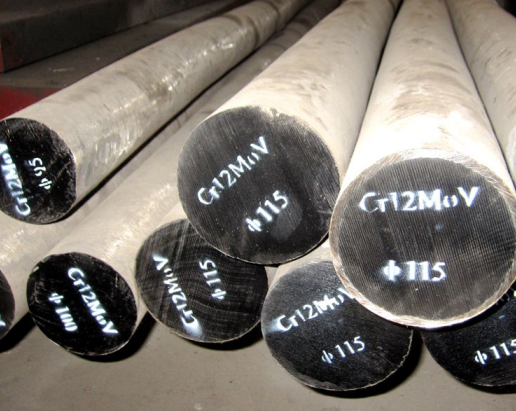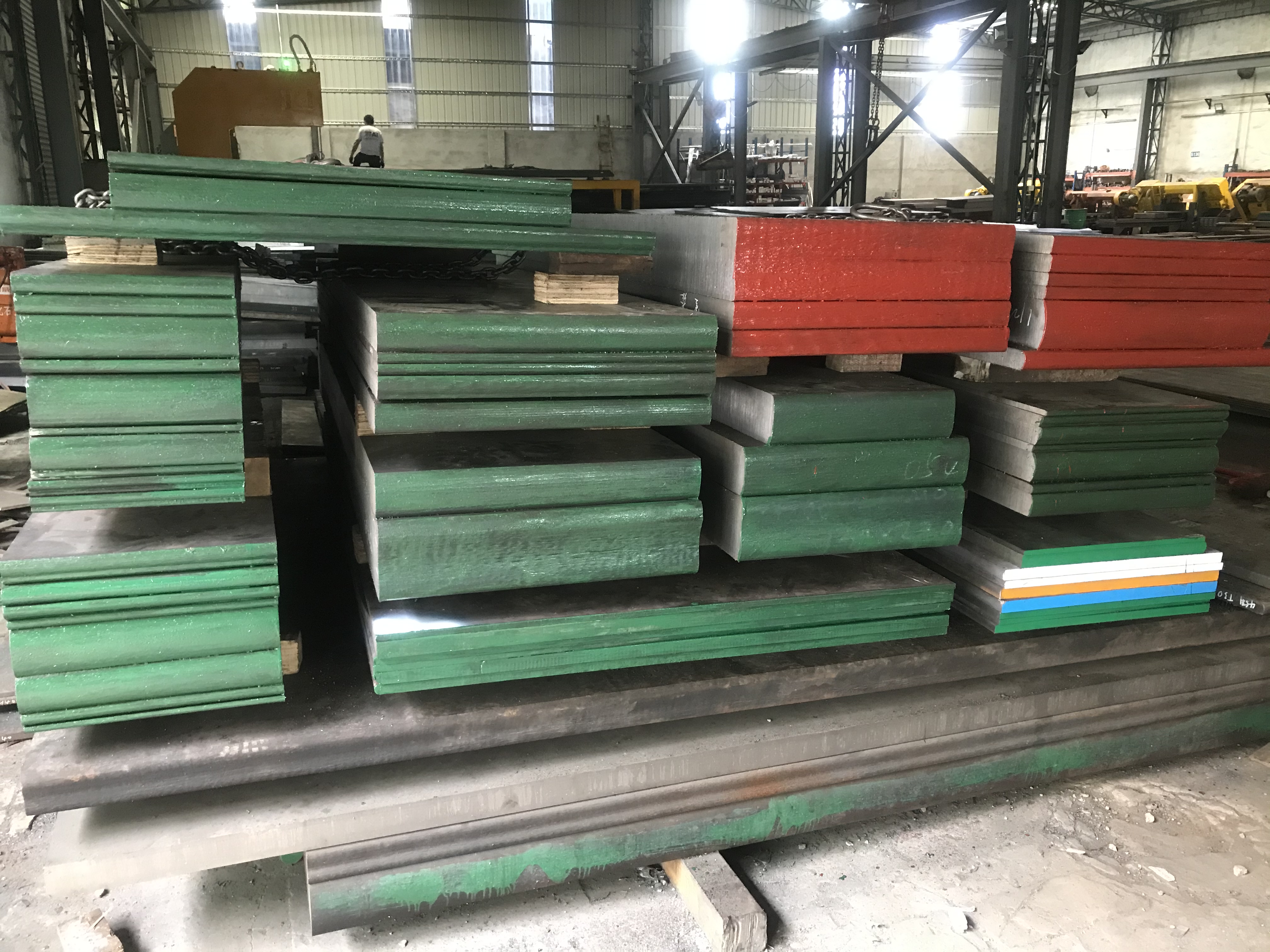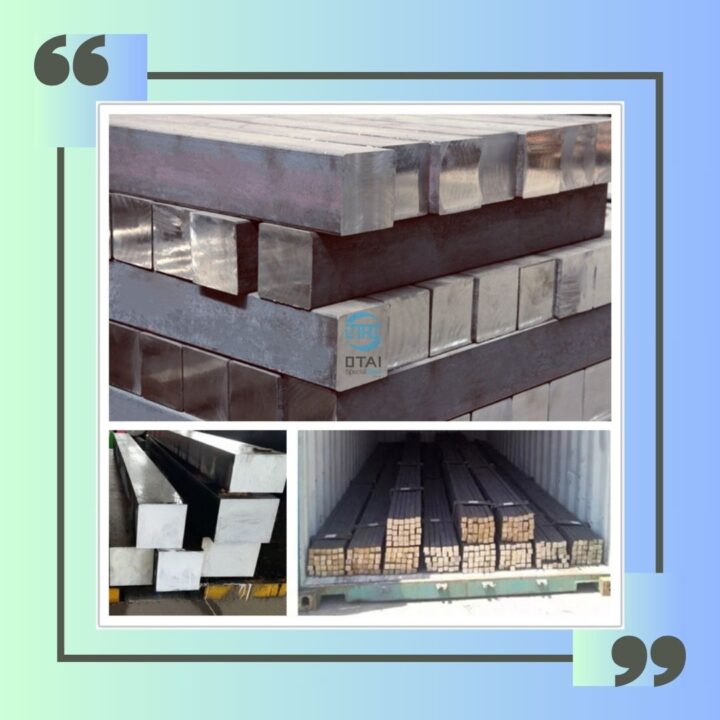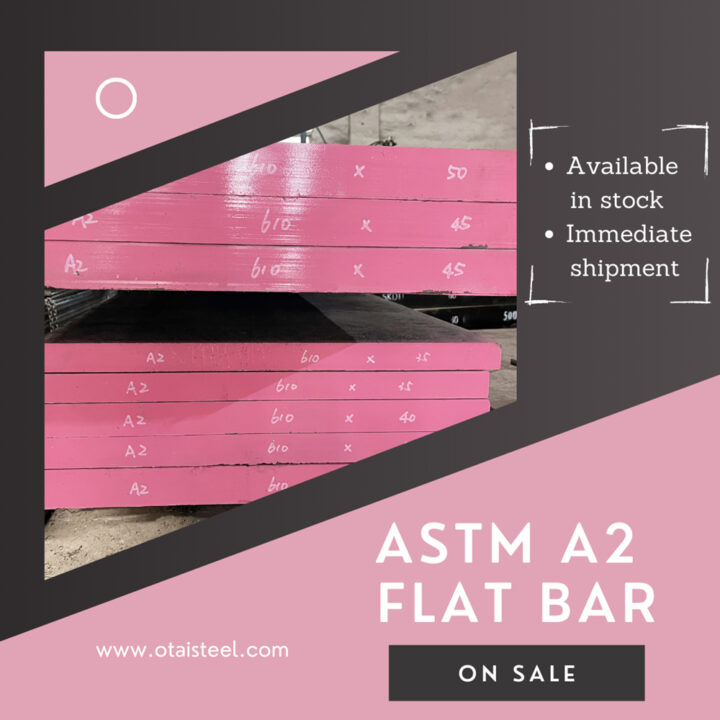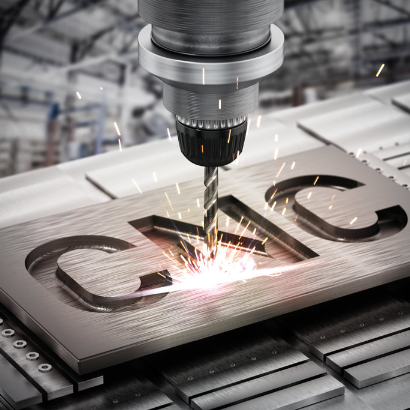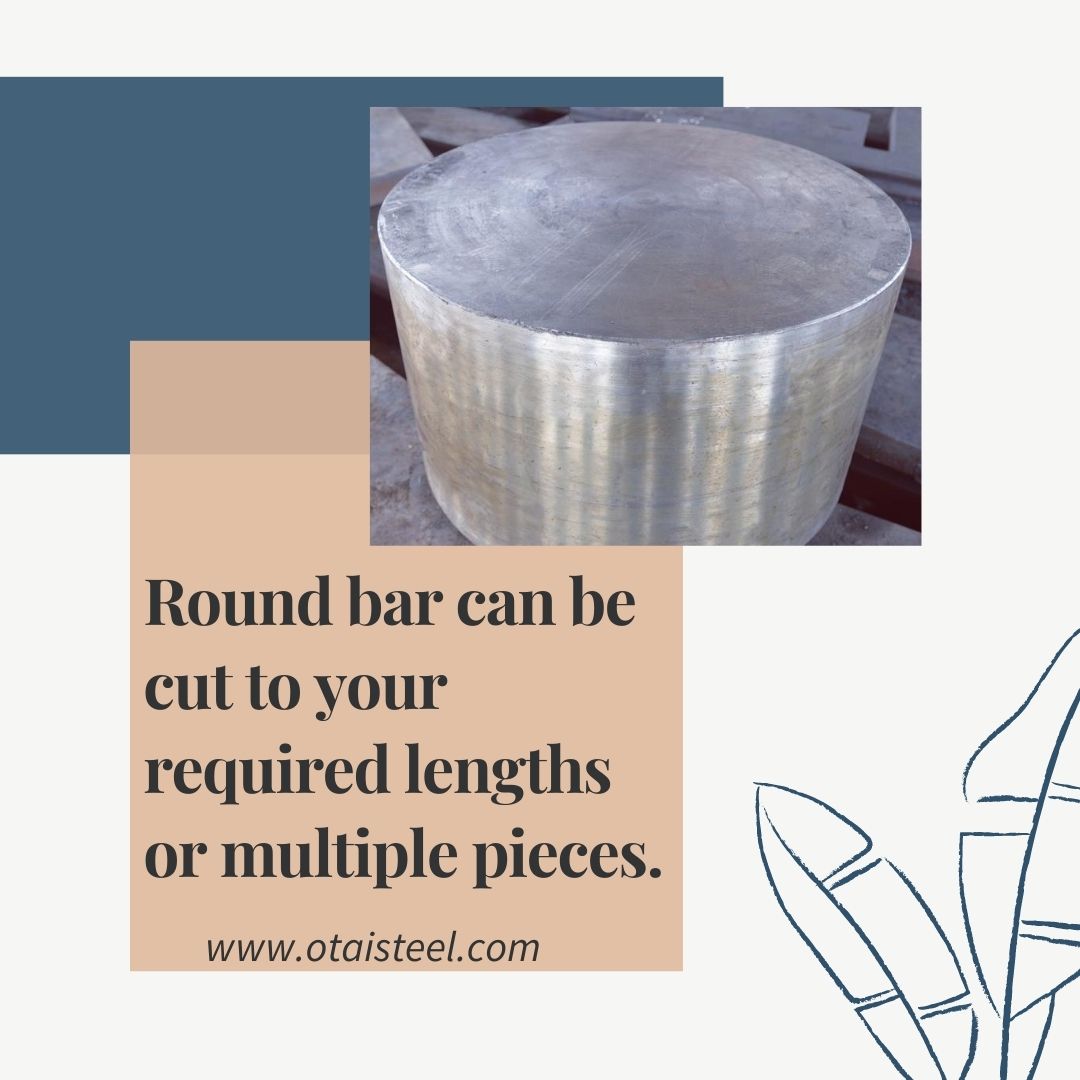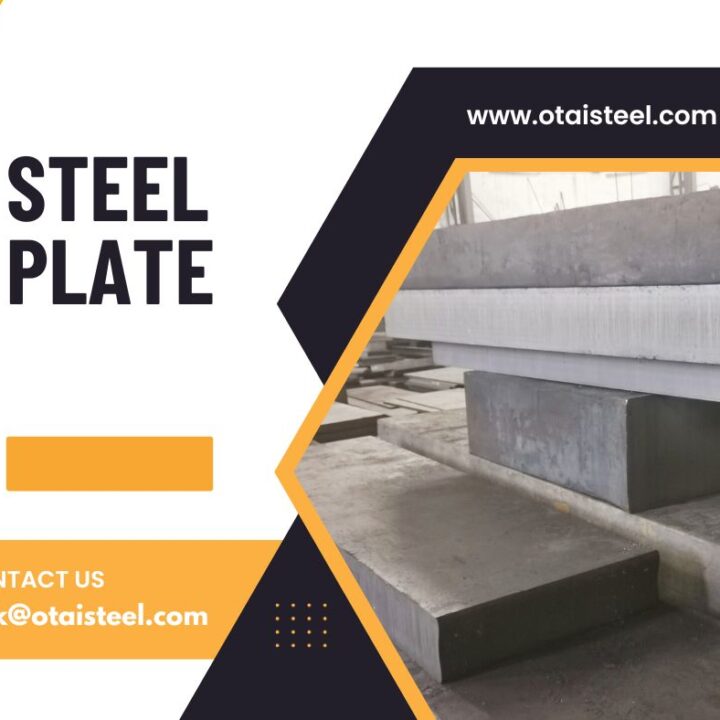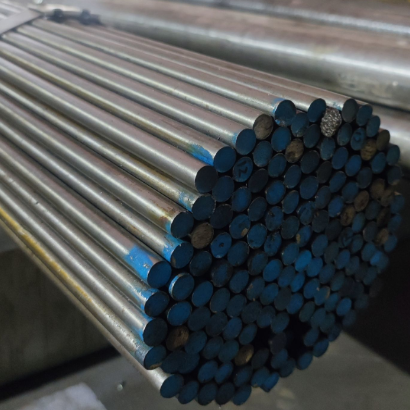Hardenability refers to a material’s ability to be hardened through heat treatment. In the context of 8620 steel, it determines the depth to which the steel can be hardened, affecting its strength and wear resistance. On the other hand, toughness measures a material’s ability to absorb energy before fracture, indicating its resistance to crack propagation and impact resistance.
Alloying Elements in 8620 Steel
The composition of 8620 steel includes a combination of alloying elements, with carbon being the primary element. Additionally, chromium, molybdenum, nickel, and silicon are also present in varying amounts. Each of these elements plays a crucial role in tailoring the steel’s properties.
Influence of Carbon on Hardenability and Toughness
Carbon content significantly affects the hardenability and toughness of 8620 steel. Higher carbon levels promote greater hardness but may decrease toughness. Carbon content must be carefully balanced to achieve the desired combination of properties.
The Role of Chromium and Molybdenum
Chromium and molybdenum are key alloying elements that enhance hardenability and provide excellent wear resistance. They form carbides during heat treatment, contributing to the steel’s hardness and improving its response to quenching.
Enhancing Toughness with Nickel and Silicon
Nickel and silicon are known for their ability to improve toughness in 8620 steel. They promote the formation of a fine microstructure, increasing the material’s resistance to impact and fracture.
The Effects of Heat Treatment on Hardenability and Toughness
Heat treatment processes, such as quenching and tempering, can be employed to further modify the hardenability and toughness of 8620 steel. Proper heat treatment allows for the creation of specific microstructures that optimize these properties for various applications.
Microstructure and Mechanical Properties of 8620 Steel
The microstructure of 8620 steel, influenced by the alloying elements and heat treatment, directly impacts its mechanical properties. Fine-grained microstructures generally exhibit enhanced toughness, while hardened regions increase hardness and wear resistance.
Applications and Industries Benefiting from Improved Properties
Industries such as automotive, aerospace, oil and gas, and heavy machinery rely on 8620 steel with improved hardenability and toughness for critical components subject to heavy loads, cyclic stresses, and impact forces.
Case Studies: Alloying Element Optimization
Real-world case studies demonstrate the success of optimizing alloying element composition to achieve the desired mechanical properties in 8620 steel. These studies offer valuable insights for further material development.
Challenges and Limitations
Despite the advantages of alloying element optimization, challenges remain in maintaining a delicate balance between hardness and toughness. Over-optimization in one aspect may compromise the other.
Future Developments and Research
Ongoing research focuses on fine-tuning alloying element compositions and exploring advanced heat treatment techniques to push the boundaries of 8620 steel’s mechanical properties.
As research continues, 8620 steel will continue to evolve as a highly versatile and sought-after material for a wide range of demanding applications.
